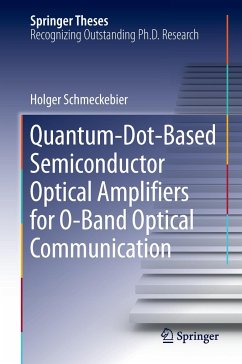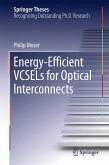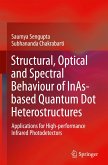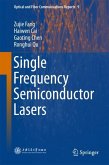This thesis examines the unique properties of gallium arsenide (GaAs)-based quantum-dot semiconductor optical amplifiers for optical communication networks, introducing readers to their fundamentals, basic parameters and manifold applications. The static and dynamic properties of these amplifiers are discussed extensively in comparison to conventional, non quantum-dot based amplifiers, and their unique advantages are elaborated on, such as the fast carrier dynamics and the decoupling of gain and phase dynamics. In addition to diverse amplification scenarios involving single and multiple high symbol rate amplitude and phase-coded data signals, wide-range wavelength conversion as a key functionality for optical signal processing is investigated and discussed in detail. Furthermore, two novel device concepts are developed and demonstrated that have the potential to significantly simplify network architectures, reducing the investment and maintenance costs as well as the energy consumption of future networks.








